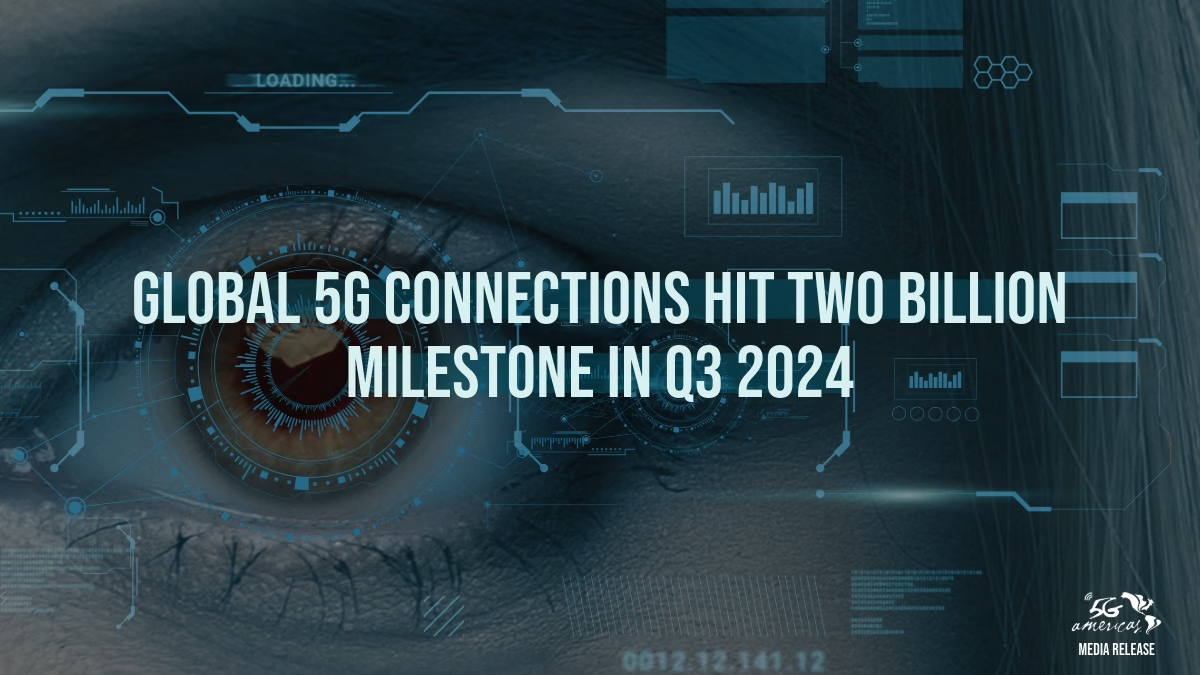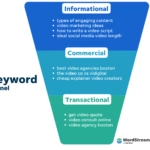“`html
The 5G Revolution: Reaching 2.25 Billion Connections Worldwide in 2024
Estimated reading time: 8 minutes
Key Takeaways
- The global telecommunications landscape witnessed a remarkable transformation in 2024, as 5G connections reach 2.25 billion worldwide.
- This growth is unprecedented, four times faster than 4G LTE’s rollout phase, as detailed by meatechwatch.com and telecompetitor.com.
- The global mobile ecosystem now supports 1.5 wireless connections per person, an increase from one per person a decade ago, referencing meatechwatch.com and telcomagazine.com.
- The blog post delves into the rapid growth of 5G, its infrastructure expansion, key technological innovations, financial projections, and its overall impact of 5G on mobile connectivity.
Table of Contents
- The 5G Revolution: Reaching 2.25 Billion Connections Worldwide in 2024
- Key Takeaways
- The Unprecedented Surge in 5G Adoption
- Expanding 5G Infrastructure and Network Evolution
- Innovation in 5G Technology: Open RAN and Beyond
- The Expanding Connected Ecosystem: 5G and IoT Synergy
- 5G Smartphone Revenue Projections and Economic Implications
- The Transformative Impact of 5G on Mobile Connectivity
- Looking Ahead: The Continuing Evolution of 5G
- Frequently Asked Questions
The Unprecedented Surge in 5G Adoption
The global telecommunications landscape witnessed a remarkable transformation in 2024, as 5G connections reach 2.25 billion worldwide. This astonishing figure represents not just an incremental upgrade but a fundamental shift in how we connect and interact digitally. The speed at which 5G has been adopted is unprecedented, appearing to be *four times faster* than the rollout phase of its predecessor, 4G LTE. This rapid expansion is a testament to the growing demand for faster, more reliable, and more versatile mobile connectivity, as highlighted by reports from meatechwatch.com and telecompetitor.com.

It’s a clear indicator that the global mobile ecosystem is more densely connected than ever before. The statistics reveal that the ecosystem now supports an average of *1.5 wireless connections per person*, a significant leap from just one connection per person a decade ago, as noted by meatechwatch.com and telcomagazine.com. This burgeoning connectivity is fueled by several converging factors. Network operators worldwide are aggressively deploying 5G infrastructure, making the technology increasingly accessible. Simultaneously, the availability of 5G-enabled devices has expanded across a wider range of price points, making it a more attainable option for a larger segment of the population. Crucially, consumer demand for superior connectivity – for everything from enhanced streaming experiences to burgeoning immersive applications – continues to drive adoption.

Looking at regional adoption, North America stands out as a leader in the 5G boom. By the end of 2024, the region had reached an impressive *289 million 5G connections*. This represents a substantial *67% increase* from the previous year, demonstrating a powerful momentum. Furthermore, North America has achieved *77% population coverage* with 5G, significantly outperforming the 4G LTE rollout coverage of 47% in the region back in 2014, as reported by telecomreviewamericas.com and telecompetitor.com. This surge is not merely about numbers; it signifies a profound shift in mobile capabilities.

The rapid acceleration is further evidenced by the fact that over *170 million new 5G connections* were added globally in Q3 2024 alone, marking a staggering *48% year-over-year growth*, according to businesswire.com. This sustained growth underscores the increasing reliance on robust wireless infrastructure.

Expanding 5G Infrastructure and Network Evolution
The unprecedented pace of 5G adoption is intrinsically linked to the ongoing, massive buildout of its underlying infrastructure. Network operators are making significant, multi-billion dollar investments in acquiring crucial spectrum licenses and deploying the necessary hardware and software. This sustained investment is critical for creating the robust and widespread 5G networks that consumers and businesses now expect.
A pivotal aspect of this infrastructure evolution is the transition from non-standalone (NSA) 5G architectures to standalone (SA) 5G networks. NSA 5G, while providing enhanced speeds, still relies on the existing 4G core networks for certain functionalities. Standalone 5G, however, represents a complete overhaul, utilizing a dedicated 5G core. This transition is vital because SA networks unlock the *true potential* of 5G technology. They are designed to deliver the promised ultra-low latency, enable advanced features like network slicing (allowing for customized network performance for different applications), and provide vastly improved support for the ever-growing Internet of Things (IoT) ecosystem.
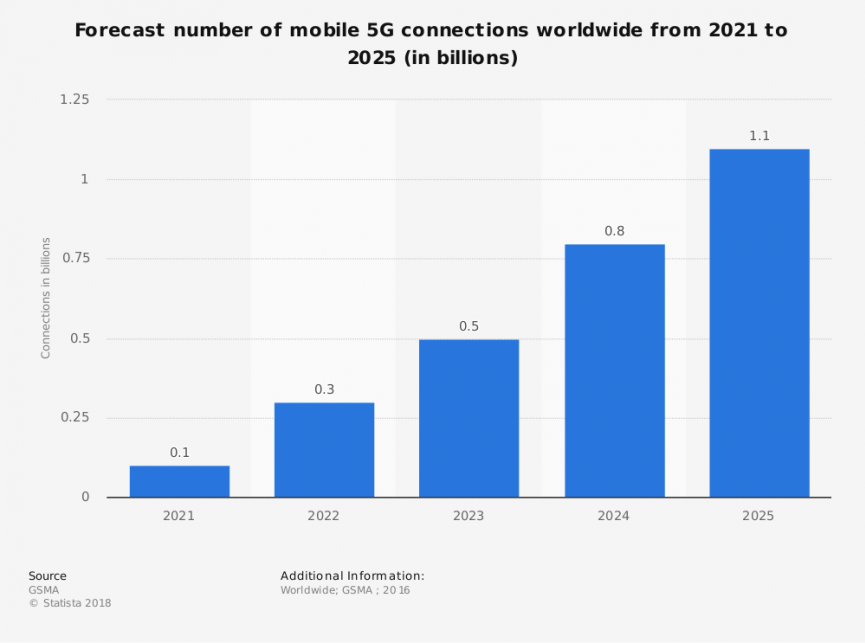
North America’s leadership in 5G adoption, as previously mentioned, is not accidental. It is attributed to a robust ecosystem characterized by strong industry collaboration, substantial investment, and proactive, forward-looking policy decisions. Viet Nguyen, President of 5G Americas, aptly summarized this, stating, *”The strength of our ecosystem—industry collaboration, investment, and forward-looking policy—all working together to make next-generation connectivity a reality.”* This sentiment, quoted by telecomreviewamericas.com, highlights the multifaceted approach required for successful 5G deployment.
Concrete examples of this network evolution are already emerging. For instance, a notable development is that EE expands 5G standalone network to 17 towns, as reported by penbrief.com. This expansion signifies a tangible step towards widespread SA 5G availability, moving beyond theoretical capabilities to real-world application and demonstrating a commitment to leveraging the full power of the technology.
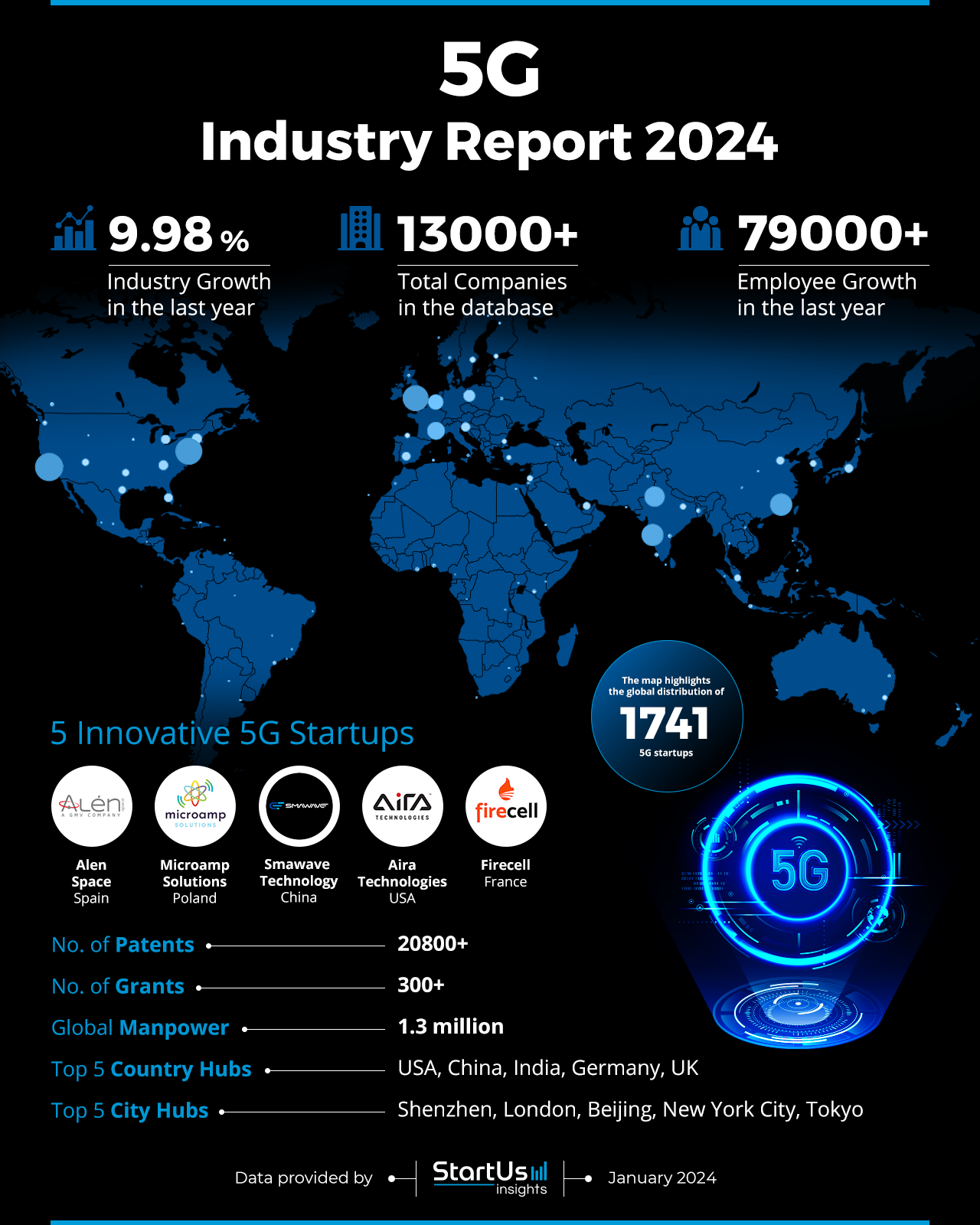
Innovation in 5G Technology: Open RAN and Beyond
While the sheer number of 5G connections is impressive, the true revolution lies in the underlying technological innovations that are fundamentally reshaping the 5G landscape. These advancements are moving beyond simply delivering faster speeds to creating more intelligent, flexible, and cost-effective network architectures.
One of the most significant innovations gaining traction is Open RAN (Open Radio Access Network). This approach is exemplified by developments such as Viettel launching the world’s first Open RAN 5G network, as noted by penbrief.com. Open RAN represents a departure from traditional, proprietary, and hardware-centric network models. Instead, it promotes a more flexible, software-defined network architecture. The key promise of Open RAN is to decouple hardware and software components from different vendors, fostering greater competition, reducing vendor lock-in, and ultimately leading to lower deployment costs and faster innovation cycles. This open approach is crucial for accelerating the expansion and optimization of 5G networks.
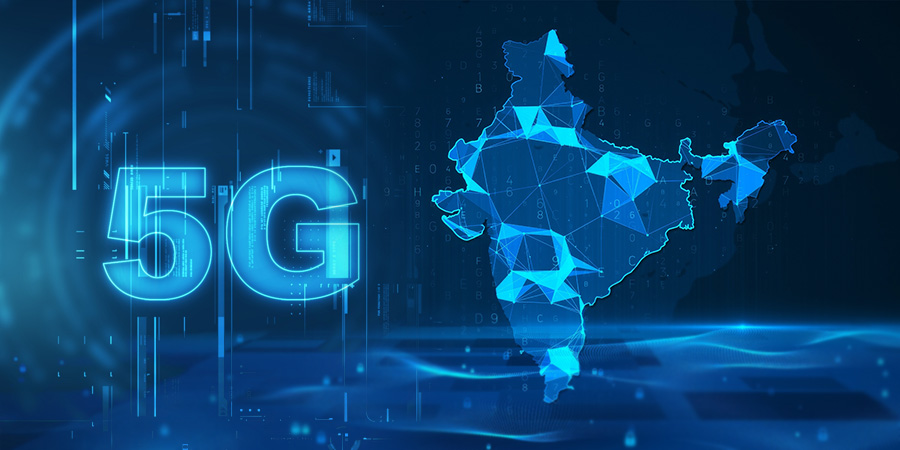
Beyond Open RAN, the broader trend involves the adoption of open and virtualized network approaches, heavily influenced by cloud-native principles and the integration of Artificial Intelligence (AI). These methodologies are transforming how networks are managed and operated. AI, for instance, is being used to optimize network performance in real-time, predict and prevent potential maintenance issues before they occur, and automate the delivery of new services. This level of intelligence and automation is essential for managing the complexity of 5G networks and ensuring efficient resource allocation.
The evolution doesn’t stop with current 5G capabilities. The industry is already looking towards 5G-Advanced, which represents the next phase of 5G evolution. 5G-Advanced builds upon the existing foundation, introducing even more sophisticated features and capabilities designed to support emerging applications and services, further pushing the boundaries of mobile connectivity.

The Expanding Connected Ecosystem: 5G and IoT Synergy
The explosive growth in 5G connections is happening in parallel with a similar surge in the Internet of Things (IoT). In 2024 alone, an additional *438 million new IoT connections* were established, bringing the global total to an astounding *3.6 billion IoT devices*. This significant increase, reported by multiple sources including meatechwatch.com, telecomreviewamericas.com, and 5gamericas.org, underscores the vital role of robust wireless infrastructure in enabling the proliferation of connected devices.

This dramatic increase in IoT devices is a clear indicator of 5G’s role as a foundational enabler for broader digital transformation. The impact is far-reaching, spanning diverse sectors such as smart cities, where traffic management and public services are optimized through connected sensors; industrial automation, where factories become more efficient and responsive; connected vehicles, paving the way for enhanced safety and autonomous driving; and remote healthcare, enabling new forms of patient monitoring and diagnostics. As highlighted by penbrief.com, the potential for 5G-powered smart cities is immense.
The synergy between 5G and IoT is profound. 5G’s inherent capabilities are perfectly suited to address the demanding requirements of modern IoT applications. Its *massive connection support* ensures that networks can handle the sheer volume of devices without being overwhelmed. The *ultra-reliable low-latency communication (URLLC)* features are critical for applications that require near-instantaneous responses, such as industrial control systems or vehicle-to-everything (V2X) communication. Furthermore, *network slicing* allows operators to dedicate specific network resources with tailored performance characteristics to different types of IoT applications, ensuring optimal reliability and efficiency. These combined strengths make 5G the ideal platform for realizing the full potential of the Internet of Things, enabling applications that were previously impractical or impossible with older network technologies. As noted by penbrief.com, this synergy is a key driver of future connectivity.

5G Smartphone Revenue Projections and Economic Implications
The rapid adoption of 5G technology carries significant economic implications, extending far beyond the consumer experience. Network operators are undertaking multi-billion dollar investments in spectrum acquisition and infrastructure deployment, laying the groundwork for future revenue streams and economic growth. These investments are crucial for building out the advanced networks required to support the ever-increasing demand for data and connectivity.
A key indicator of the economic impact is the projected growth in the smartphone market. The 5G smartphone revenue projections for 2025, as detailed by penbrief.com, point towards a robust expansion. This growth is driven by several factors, chief among them being the increasing consumer adoption of 5G-enabled devices. As more users upgrade to 5G smartphones, they unlock access to enhanced network capabilities, driving demand for higher-tier devices and services. Furthermore, the development of new 5G-enabled services and enterprise applications is creating entirely new markets and revenue opportunities.

The long-term outlook for 5G is overwhelmingly positive, with industry forecasts projecting a remarkable *8.3 billion 5G connections by 2029*. This figure is expected to represent a dominant *59% of all global wireless technologies*, underscoring 5G’s future market dominance. These projections, cited by meatechwatch.com, telecomreviewamericas.com, and telecompetitor.com, paint a clear picture of 5G’s trajectory as the leading mobile technology for the foreseeable future. The economic ripple effects of this widespread adoption are substantial, encompassing not only device sales but also the creation of new industries, job opportunities, and increased productivity across various sectors.
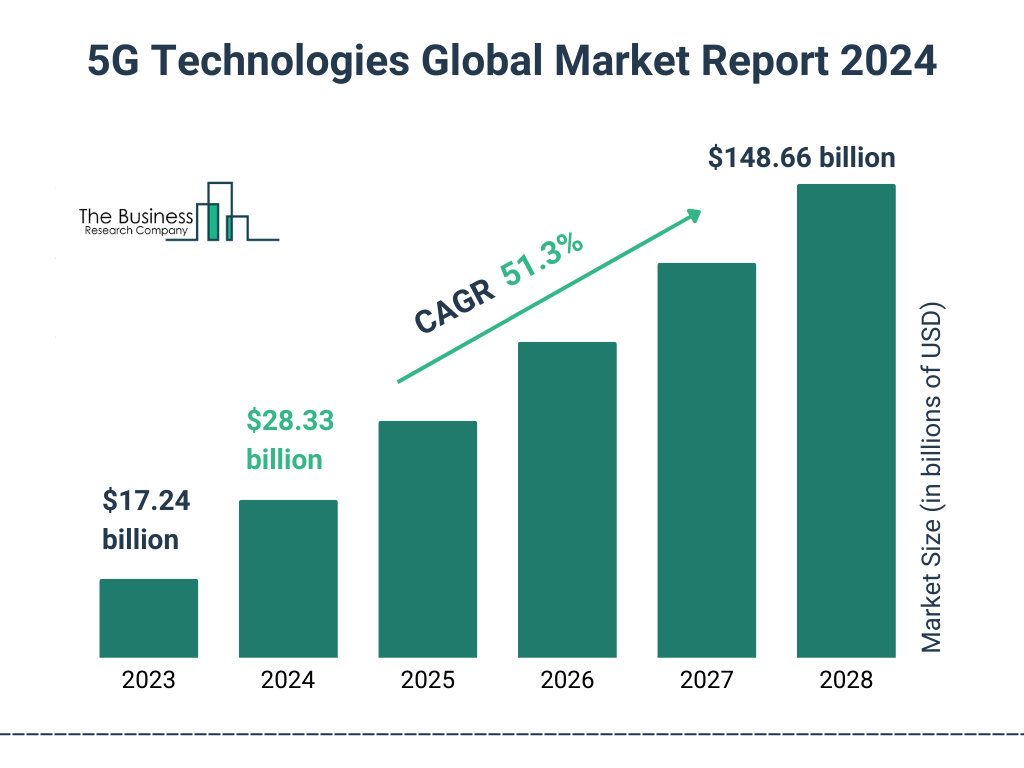
The Transformative Impact of 5G on Mobile Connectivity
The journey to 2.25 billion 5G connections in 2024 represents a significant milestone, but it also heralds a fundamental transformation in mobile connectivity that extends far beyond mere increases in speed. The true impact of 5G on mobile connectivity is multifaceted, touching upon performance, latency, capacity, and the very nature of applications we can create and utilize, as comprehensively discussed by penbrief.com.

Here are the key benefits that define this transformative shift:
- Enhanced Performance: At its core, 5G delivers dramatically faster data rates, with speeds reaching gigabit levels. This means significantly quicker downloads, smoother streaming of high-definition content, and a consistently high performance even in densely populated areas where 4G networks often struggle. This addresses a core limitation of previous generations, providing a more reliable and enjoyable user experience.
- Ultra-Low Latency: Perhaps one of the most revolutionary aspects of 5G is its reduction in latency. Latency, the delay between sending and receiving data, has been reduced from tens of milliseconds in 4G networks to single-digit milliseconds in 5G. This near-instantaneous response time is critical for a new wave of real-time applications, including immersive cloud gaming, augmented reality (AR) experiences, sophisticated industrial automation, and even remote surgical procedures where split-second precision is paramount. This capability was further showcased with the mind-blowing 420 Mbps internet speed record mentioned by penbrief.com.
- Massive Capacity: 5G networks are engineered to support a vastly greater number of simultaneous connections compared to 4G. This enhanced capacity is essential for handling the exponential growth of connected devices, particularly in dense urban environments and for the proliferation of IoT solutions. It ensures that the network remains stable and responsive, even under heavy load.
- New Applications: The synergistic combination of 5G’s unprecedented speed, ultra-low latency, and massive capacity unlocks entirely new categories of applications and services that were previously confined to the realm of science fiction. This includes truly immersive extended reality (XR) experiences, holographic communications that enable virtual presence, mission-critical industrial applications requiring extreme reliability, and the sophisticated coordination of autonomous vehicles.
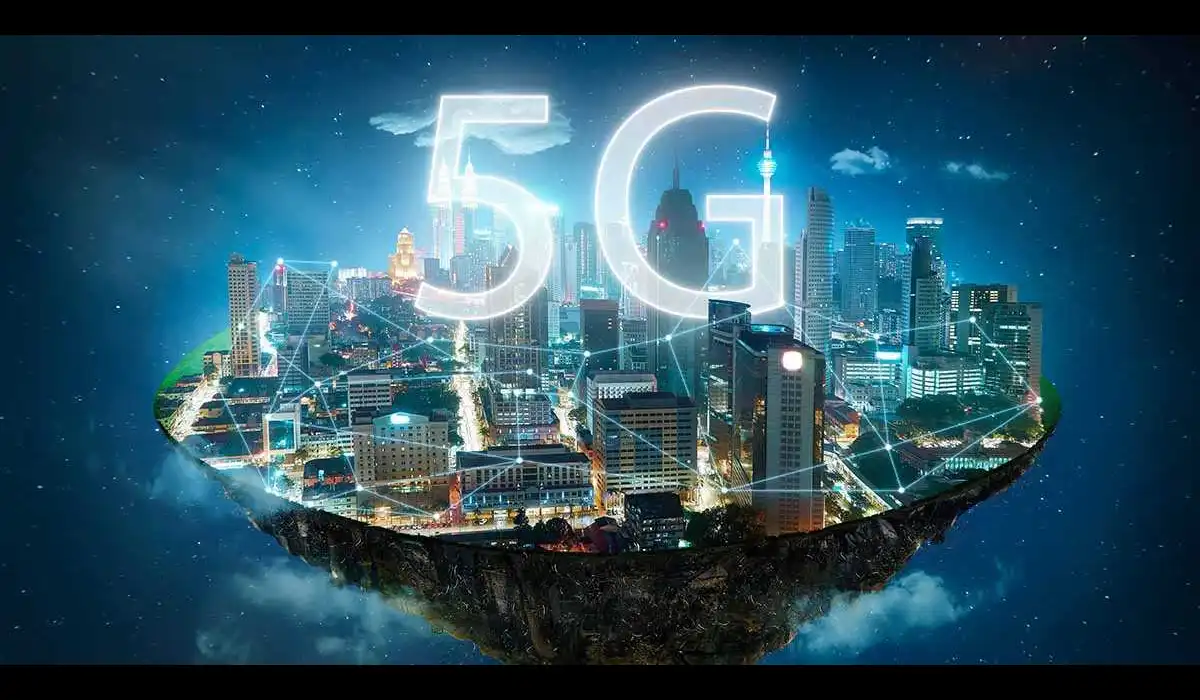
Looking Ahead: The Continuing Evolution of 5G
Reaching the milestone of 2.25 billion 5G connections in 2024 is undoubtedly a significant achievement, marking a new era in mobile communication. However, it is crucial to view this not as an endpoint, but rather as a foundational step for what is to come. The evolution of 5G is a dynamic and ongoing process, with continuous advancements shaping its capabilities and expanding its reach, as highlighted by penbrief.com.
Viet Nguyen, President of 5G Americas, aptly captured this sentiment: *”Surpassing two billion 5G connections globally is more than just a milestone—it’s a testament to the transformative power of 5G in revolutionizing industries and economies worldwide. As 5G evolves into 5G-Advanced, its role in driving innovation and connectivity will only grow stronger.”* This quote, from businesswire.com, emphasizes the continuous development within the 5G ecosystem and its increasing importance.
The ongoing progression towards 5G-Advanced, and the eventual development of 6G technologies, signifies that the transformation of mobile connectivity is a continuous journey. The infrastructure being deployed today, the innovations in areas like Open RAN and AI-driven network management, and the burgeoning use cases across various industries are all laying the essential groundwork for an increasingly interconnected future. Wireless technology is becoming more deeply woven into the fabric of our daily lives, our businesses, and our societal infrastructure. The capabilities unlocked by 5G are just the beginning, pointing towards a future where seamless, intelligent, and pervasive connectivity is not just a feature but a fundamental enabler of progress. The world is already seeing incredible speeds with records like wireless technology hitting 1 Tbps transfer speed, as noted by penbrief.com, hinting at the immense potential ahead.

Frequently Asked Questions
What is the primary difference between 5G NSA and 5G SA?
5G NSA (Non-Standalone) utilizes existing 4G core networks, offering enhanced speeds but not the full suite of 5G capabilities. 5G SA (Standalone) uses a dedicated 5G core network, enabling ultra-low latency, network slicing, and full access to advanced 5G features.
How is North America leading in 5G adoption?
North America’s leadership is attributed to a strong ecosystem that includes industry collaboration, significant investment in infrastructure and spectrum, and forward-looking policies that support 5G deployment and innovation.
What are the main benefits of 5G for consumers?
Consumers benefit from significantly faster download and upload speeds, lower latency for real-time applications like gaming and AR, and more reliable connectivity, especially in crowded areas. This enables a richer and more responsive mobile experience.
How does 5G impact the Internet of Things (IoT)?
5G’s massive connection capacity, ultra-reliable low-latency communication (URLLC), and network slicing capabilities are crucial for supporting the vast number of IoT devices and enabling sophisticated applications in areas like smart cities, industrial automation, and connected vehicles.
What is Open RAN and why is it important for 5G?
Open RAN (Open Radio Access Network) is a more flexible, software-defined network architecture that decouples hardware and software components, allowing for greater vendor interoperability. It promises to reduce costs, increase competition, and accelerate innovation in 5G deployments.
What are the economic implications of 5G growth?
The economic implications are substantial, including multi-billion dollar investments by operators, growth in 5G smartphone revenue, creation of new enterprise applications and services, and overall stimulation of economic activity through enhanced productivity and new business models.
“`


